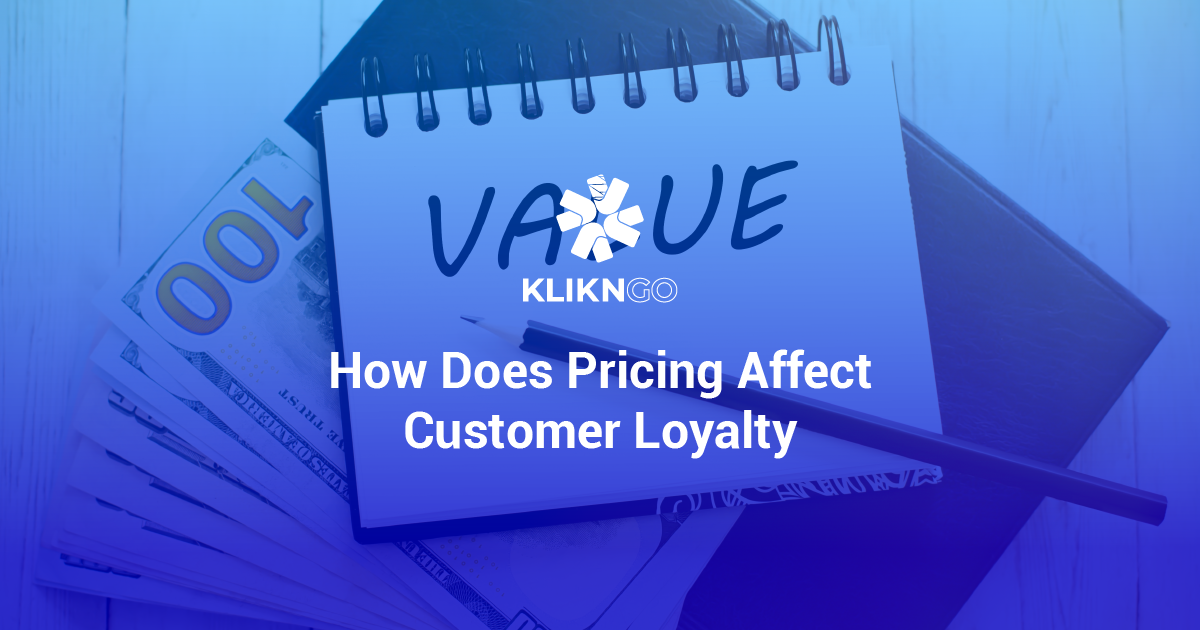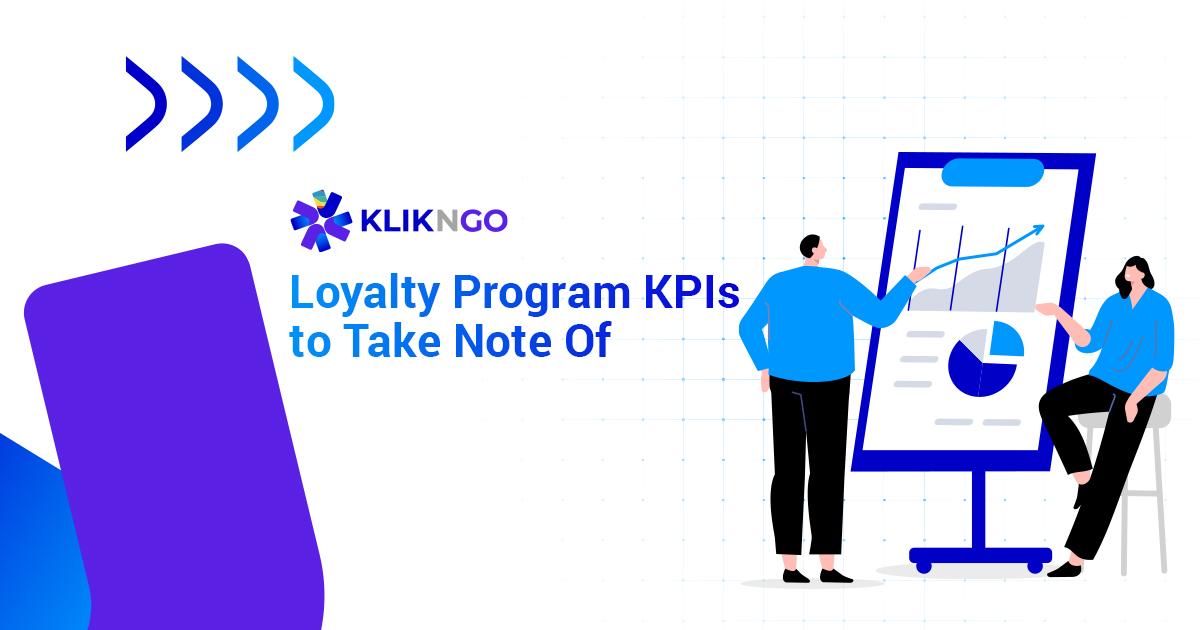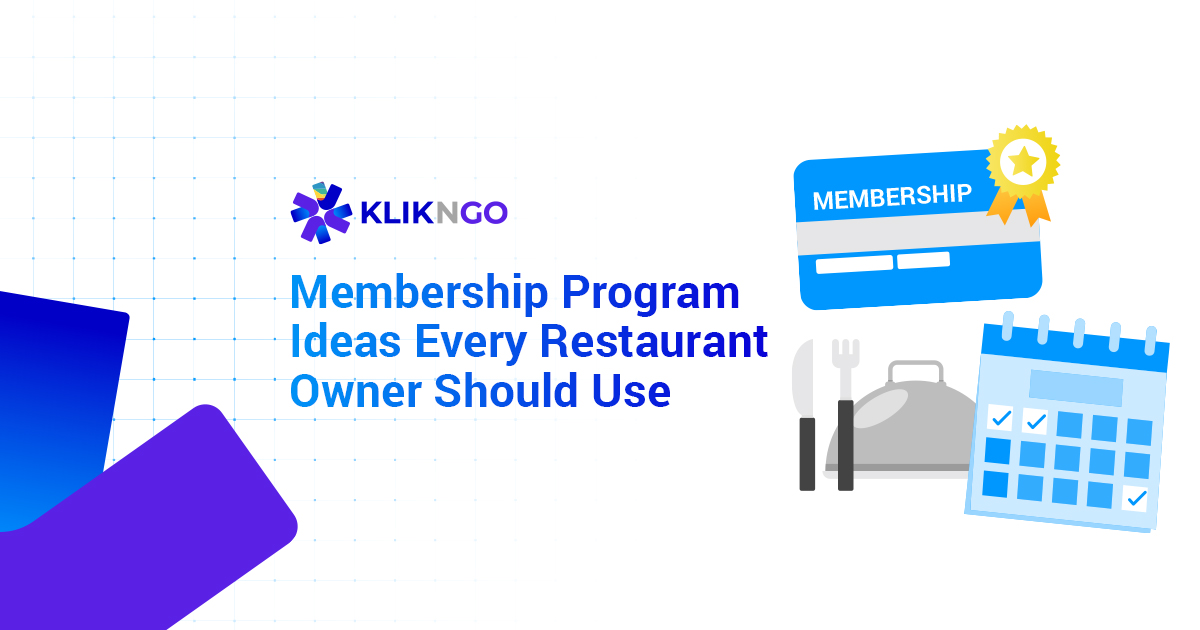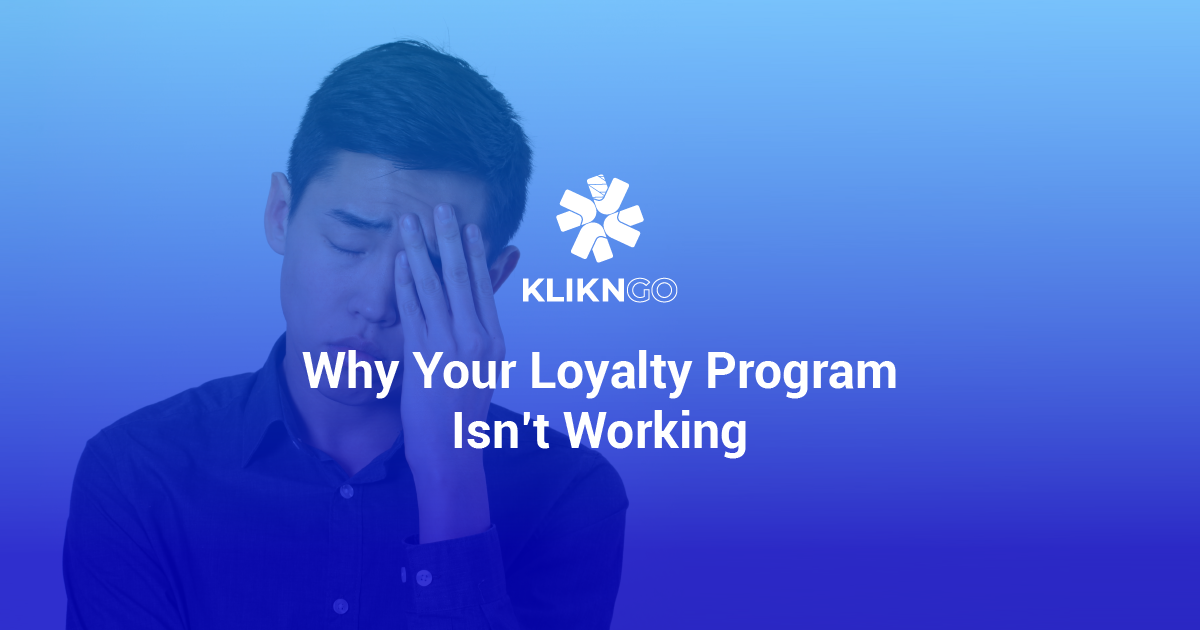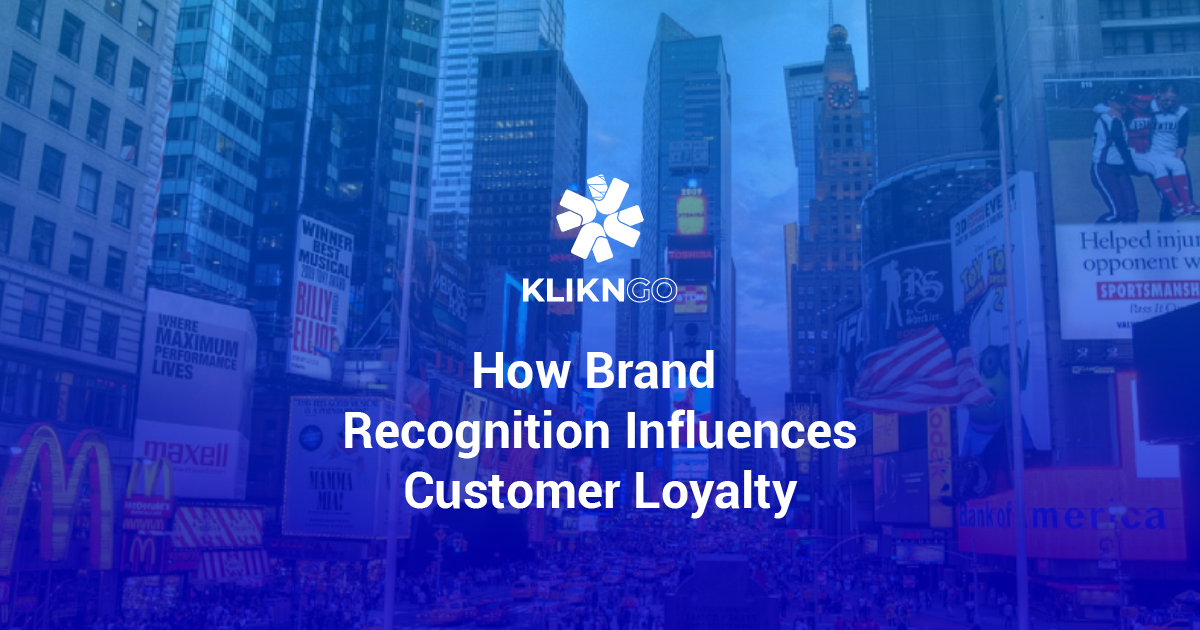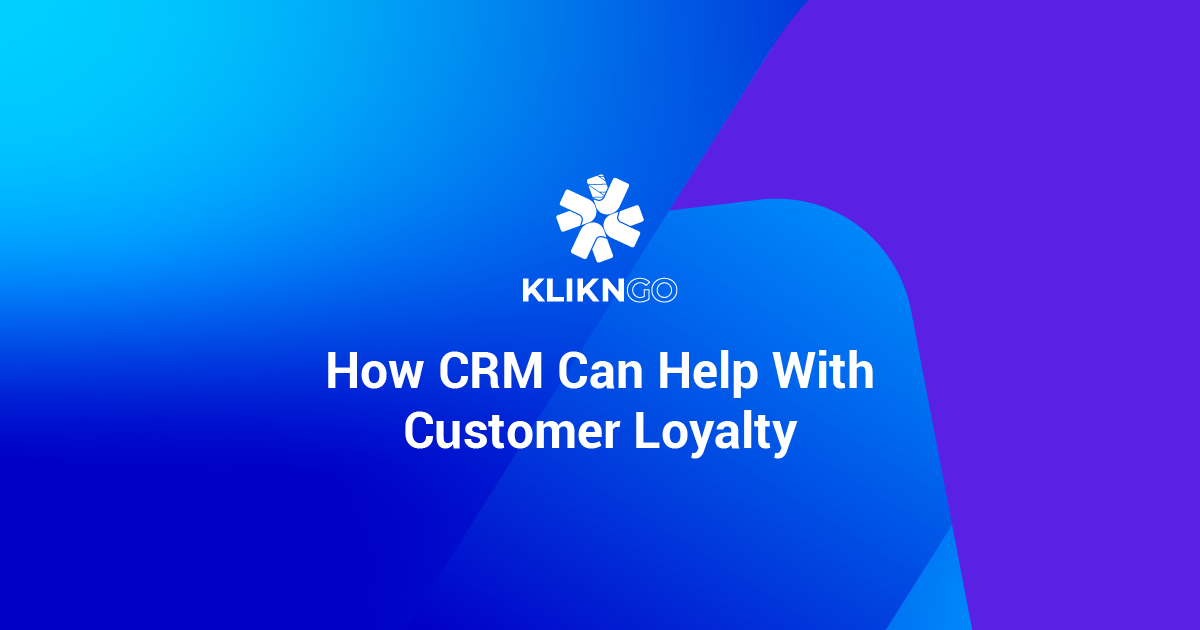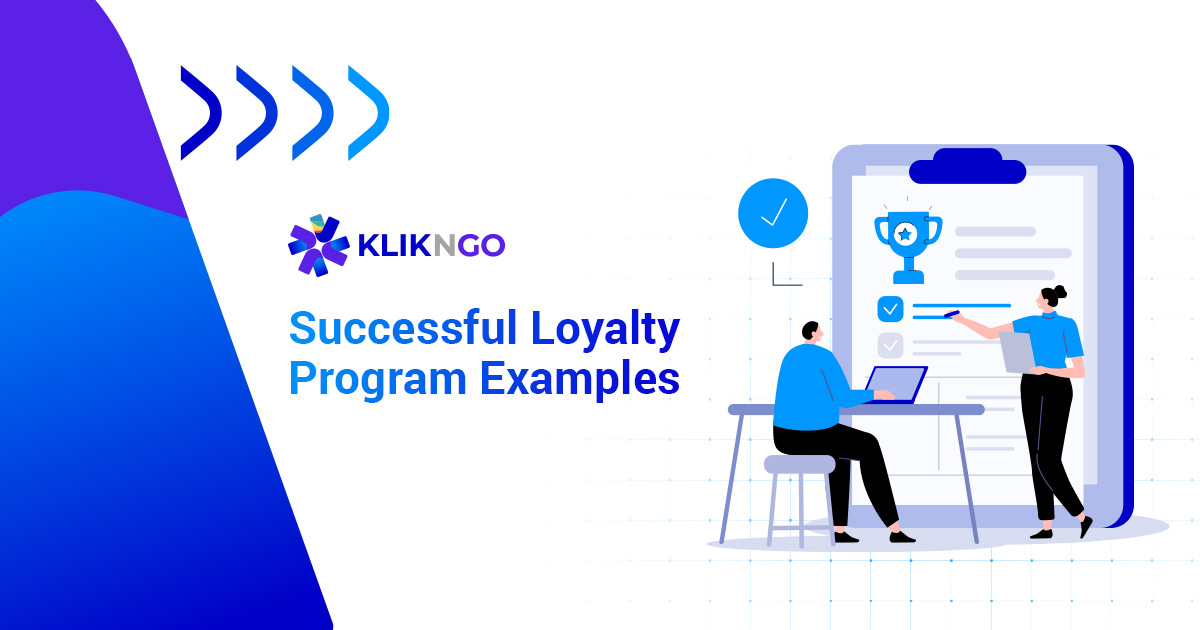How Does Pricing Affect Customer Loyalty?

Pricing is a key factor influencing customer loyalty, as it reflects the perceived value and fairness of the product or service.
Customers are more likely to be loyal to a brand that offers a reasonable price that matches or exceeds their expectations, as they feel they are getting a good deal and a high-quality product.
However, if the price is too high or too low, customers may lose trust and loyalty to the brand, as they may question the value or quality of the product or service, and switch to another brand that offers a better price-value ratio.
Therefore, pricing should be competitive and consistent with the market, as well as aligned with the brand identity and value proposition.
Sometimes, brands can charge a higher price than their competitors, if they have a strong brand image and a unique selling point (USP) that differentiates them from the rest.
A USP can be a special feature, a rare material, a superior service, or anything else that adds value and appeal to the product or service.
However, a USP alone is not enough to justify a higher price and maintain customer loyalty.
The brand also needs to communicate and frame the USP effectively, so that customers can understand and appreciate why the product or service is special and worth paying more for.
Are Loyal Customers Less Price Sensitive?
Loyal customers tend to be less price-sensitive than non-loyal customers, as they appreciate the brand or product more, and are willing to pay more for it.
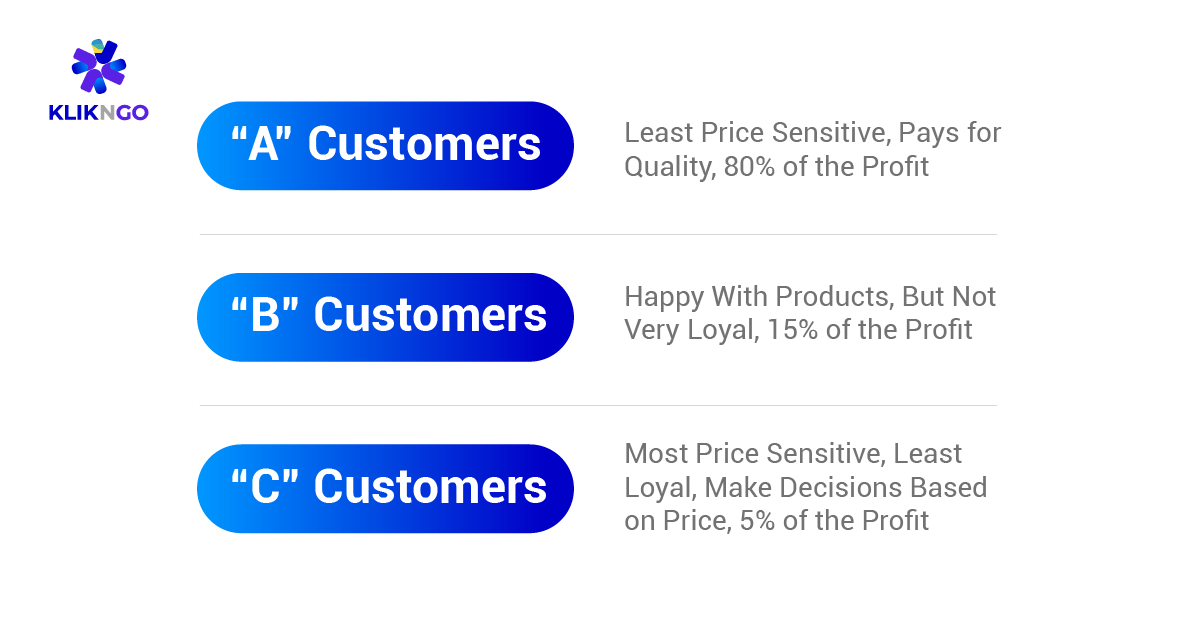
However, there are nuances levels of loyal customers in this regard. And the level of customers can be broken down into 3 different categories, which are:
- “A” Customers
- “A” customers are the company’s top customers, who bring in the most profit and turnover. They are loyal, happy, and the least price-sensitive. They also spread the word promote the company to others, and contribute to its growth. They make up 20% of the customers, but 80% of the profit.
- “B” Customers
- “B” customers are a segment that generates moderate profit and turnover for the company. They are satisfied with the service, but not loyal. They are more sensitive to price and more likely to switch to competitors. They also have less influence and referrals than A customers. They account for 30% of the customers, but only 15% of the profit. The company should focus on turning these B customers into A customers by offering them incentives, promotions, and personalized services.
- “C” Customers
- The company’s least profitable segment is C customers, who generate the smallest amount of revenue and profit. They are the least loyal, and easily swayed by price changes. They take up a decent chunk of resources and recommend less than A and B customers. Even though they make up half of the customers, they only account for 5% of the total profit.
Let’s take a look at different factors and a few examples of pricing changes to customer loyalty!
First off, loyalty can be based on behavior and attitude loyalty, or both. Behavior loyalty means buying or using the brand repeatedly, while attitude loyalty means feeling attached or committed to the brand.
Research shows that attitudinal loyalty reduces price sensitivity more than behavior loyalty, as it reflects more emotional involvement and identification with the brand.
For example, an “A” customer who loves Starbucks coffee and visits the store every day is less likely to switch to another brand even if the price goes up, as they have a strong emotional connection and loyalty to Starbucks.
However, a “B” customer who buys Starbucks coffee occasionally and likes the taste and quality is likelier to switch to another brand if the price increases, as they have a weaker emotional connection and loyalty to Starbucks.
Price sensitivity, on the other hand, also depends on both internal and external factors. Internal factors are the customer’s own traits and preferences, such as income, budget, taste, and value perception.
External factors are the factors outside the customer’s control, such as competition, availability, promotion, and occasion.
Research shows that loyal customers care more about internal factors than external factors, as they are more motivated and less effortful for the brand.
For example, an “A” customer who genuinely loves the quality and service of a restaurant and has a great dining experience is loyal even if the price goes up, as they genuinely like the restaurant.
But a “C” customer who only goes to the same restaurant daily because it’s convenient or affordable, will likely be less loyal than the other types of customers!
What Else Contributes to Customer Loyalty?

Aside from pricing, many things contribute to customer loyalty. Here are some of the biggest factors, according to our experts:
Quality of Product & Service
Customers will expect the products or services they buy to be of high quality, consistent, and most importantly, reliable.
Quality is a key determinant of customer satisfaction, which in turn affects customer loyalty. This is why we preach that your products have to be in line with what customers expect, as well as have unique selling points, with good quality.
For service-based businesses, like restaurants and hotel chains, consistency remains the single most important factor in retaining loyal customers.
Customer Service & Attitude
Customers also value the service they receive from the brand or the company, especially when they encounter a problem, a question, or a complaint.
Service includes the responsiveness, courtesy, professionalism, and helpfulness of the staff, as well as the ease of access, communication, and resolution.
Keep resolution time to a minimum and customer experience to the maximum. Oftentimes the service is the differentiating factor in industries like hotels!
Personalization & Rewards
Customers appreciate when the brand or the company recognizes them as individuals and tailors the products, services, prices, and communications to their specific needs, preferences, and behaviors.
Having a dedicated loyalty program can be a game-changer if there’s very little to do to improve your product.
That’s why gas stations prioritize loyalty programs, as personalized rewards are the main driving factor for customers buying commodities!
Perceived Brand Image and Word-Of-Mouth
Customers can also develop loyalty to the brand or the company through their interactions with other customers, such as peers, friends, and family, or online communities like Facebook groups and subreddits.
Community can foster customer loyalty by creating a sense of belonging, involvement, and support, and by facilitating the exchange of information, opinions, and experiences.
Kind of like car brands having a fan club where members meet up occasionally.
Branding & Reputation
Customers can also be influenced by the reputation of the brand or the company, which is based on its performance, values, ethics, and social responsibility.
Reputation can affect customer loyalty by enhancing the customer’s trust, confidence, and pride in the brand or the company, and by aligning the customer’s identity and values with the brand or the company. In the modern age, transparency and social responsibility are a big driving factor in customer loyalty, especially in younger millennials and Gen Z customers.
Does Pricing Affect Customer Satisfaction?
Customer satisfaction and pricing are closely related, but not in a simple way. It may seem obvious that customers like lower prices, but that’s not always the case.
Chron states that very low prices can make customers lose trust, as they may doubt the quality of the product. So, we’d recommend businesses to price their products similar to their competitors.
Aside from just pricing, fairness and transparency also play a huge role in customer satisfaction. Customers are generally happier when prices are transparent and reflect the value they get from the product.
On the other hand, if there are hidden fees or additional charges, customers won’t be entirely satisfied even if the price-to-value ratio is good.
Another factor to consider is that customer satisfaction is not only about the price at the time of purchase; it also depends on what happens after the purchase.
Factors like good customer service, guarantees, or extra perks affect how customers evaluate the overall value.
Even if the price is higher, a positive post-purchase experience can make customers more satisfied – and can result in satisfaction, loyalty, and recurring sales.

